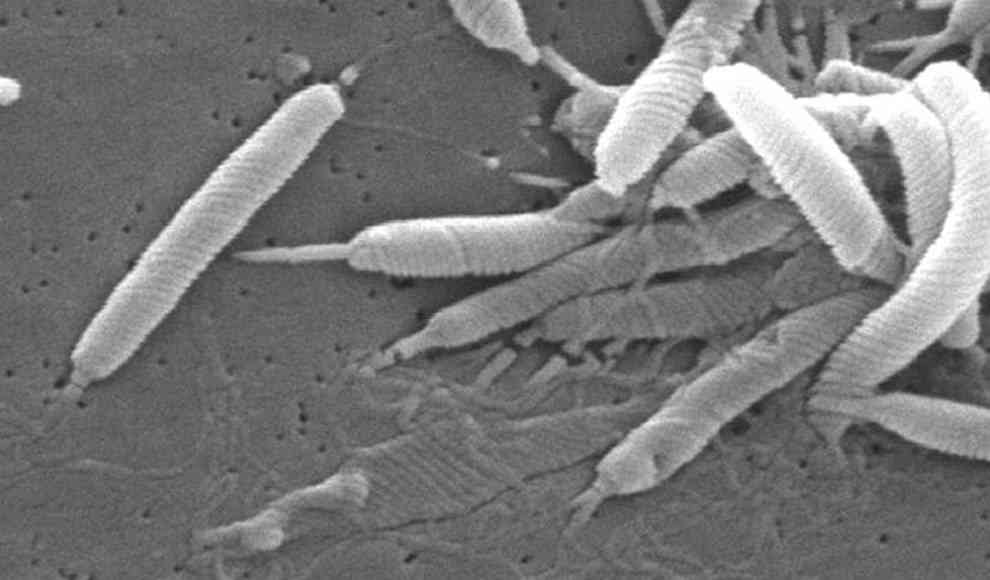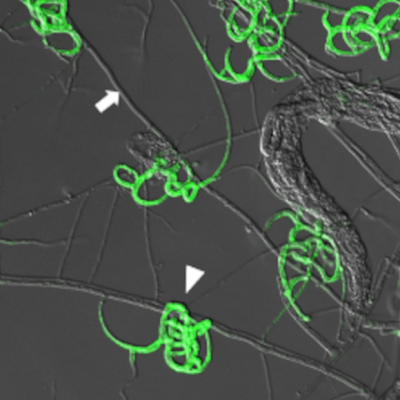Bacteria adapt to their environment through the fusion of two genes, ensuring their survival by altering their DNA. New proteins are created during this process, as shown in laboratory experiments. Paul Rainey, an evolutionary biologist at the Max Planck Institute for Evolutionary Biology in Plön, Germany, collaborated with scientists from New Zealand to investigate how new cell types that are better adapted to their environment are created. Changes in the genetic makeup of the bacteria studied led to adaptation to the environment, which guaranteed the survival of these small organisms. The laboratory experiments showed that new properties can arise from the fusion of two genes, and that genes can be controlled by a new promoter, leading to the production of larger amounts of a protein.
The scientists presented their findings on the Max Planck Society’s website, demonstrating that mutations, gene duplication, and the addition of new DNA segments all contribute to adaptations. The evolution of completely new genes can also occur, as parts of the genetic material that were previously non-functional change to create a new protein. Rainey explained that this knowledge is based on genetic comparisons of different organisms, and that such changes in genetic material are usually not observable in real-time, let alone how they affect the survival of the organism. However, bacteria can be studied in the laboratory due to their rapid growth and constant adaptation to their environment, allowing researchers to observe their evolution.
Rainey’s experiments focused on how the bacterium Pseudomonas fluorescens adapts to the conditions in laboratory culture dishes and what new properties arise as a result. The bacteria were grown in liquid culture media, and as they consumed the oxygen present, they were forced to evolve to avoid death. The bacteria migrated to the surface to take in oxygen directly from the air, forming wrinkled mats of bacteria. Rainey and his team found that mutations in various genes were responsible for reducing the activity of di-guanylate cyclase enzymes, which led to the deactivation of inhibitors and the activation of di-guanylate cyclases. The researchers then induced a new mutation that led to the formation of the bacterial mats on the surface. Although gene fusions accounted for only about 0.1% of the cases in which mutations led to the formation of the wrinkled cell type, Rainey suggested that fusions may occur much more frequently in nature.










